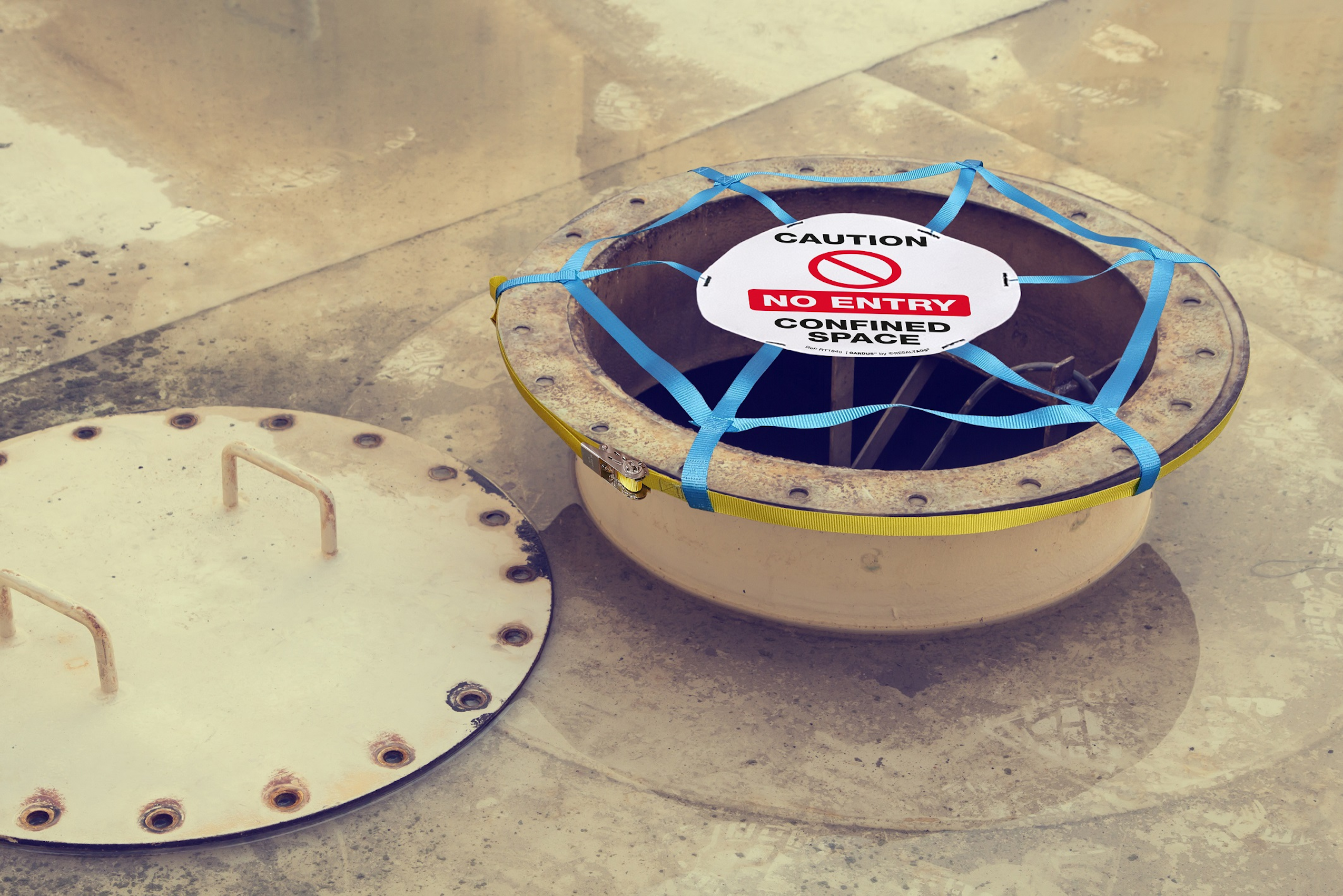3 ways to protect your employees in confined spaces
Pre-planning for confined space entry is essential when it comes to minimising risk. Entry procedures should be reviewed, covering specific hazards that are specific to the spaces being entered, as well as providing workers with proper equipment, training, and programs to ensure they stay safe.
Without question, working in a confined space is dangerous. Hazards involve a lack of oxygen, the presence of gases, fumes, and vapours, as well as the risk of fire or extreme rises in temperature.
According to data collected by the Bureau of Labour Statists (BLS), fatal injuries in confined spaces averages 92 fatalities per year. That’s almost two per week.
The causes of most confined space incidents are simple. Employers and workers fail to recognise the hazards associated with the situation, failing to conduct adequate or correct response in both preventing and reacting to dangers.
Pre-planning for confined space entry is essential when it comes to minimising risk. Entry procedures should be reviewed, covering specific hazards that are specific to the spaces being entered, as well as providing workers with proper equipment, training, and programs to ensure they stay safe.
With that said, here are three ways to protect your employees in confined spaces.
1. Evaluate your workplace’s confined spaces
As an employer, you must evaluate your workspace to determine if there are any ‘permit-required confined spaces’. This is a term used by the Occupational Safety and Health Administration (OSHA) to describe a confined space that has one or more of the following characteristics:
- Contains or has the potential to contain a hazardous atmosphere
- Contains material that has the potential to engulf the entrant
- Has walls that converge inward or floors that slope downward and taper into a smaller area which could trap or asphyxiate an entrant
- Contains any other recognised safety or health hazard, such as exposed wires, heat stress or machinery
Upon identifying a permit-required confined space, employees must be informed that they exist, where they exist, and the hazards they pose.
An effective way to communicate this is through the use of signage. By displaying a clear, visual message on the confined space, employees in the vicinity are reminded to take caution. For example, “DANGER”, “AUTHORISED ENTRANTS ONLY”, or something similar could be used to prevent incidents.
2. Develop a written program
If employees are expected to enter a permit-require confined space, you must develop a written program and make it available to employees.
In fact, the OSHA standard requires an employer to develop and implement a confined space program. Among other things, the guidance states the program should:
- Implement necessary measures to prevent unauthorized entry
- Identify and evaluate hazards before allowing entry
- Test atmospheric conditions before entry and monitor the space during entry
- Establish and implement the means, procedures, and practices to eliminate or control hazards necessary for safe operations
Full requirements can be found on the official OSHA documentation for permit-required confined spaces.
3. Prevent unauthorised entry
During major works such as shutdowns, access to permit-required confined spaces remain open and unattended for longer periods of time. This creates further risk of unauthorised personnel entering the space.
Because of the added risk, guidance provided by OSHA further stipulates the importance of establishing procedures focused on preventing unauthorised access. This includes specifying acceptable entry conditions, isolating the permit space, and providing confined space barriers. It states that temporary confined space barriers need to be fitted "promptly" once entrance covers are removed for access. This prevents unauthorised access, accidental falls into the space and foreign objects entering in. Read the regulation here
Essentially, preventing unauthorised access to confined spaces should be a high priority. If you can prevent incidents from happening in the first place, risk will be minimised, and emergency responses will less likely be needed.

Protect employees from confined spaces with REGALTAGS
At REGALTAGS, we recognise the risks and regulations involved with permit-required confined spaces and understand that each operation has its own set of unique challenges. Our range of Gardus® confined space barriers provide a reliable solution to restricting access by covering and securing entry points in many forms.
Our Confined Space Web is designed for use with a range of hatch opening types, whilst our Confined Space Bar is suitable for various openings. But that’s not all. Using decades of experience providing safety solutions, we can provide customised hatch or confined space barriers to suit your requirements. Include corporate colours and branding to improve compliance and even bilingual messaging to ensure the local language is included and the message is understood by all.
If you’re looking for simple and effective confined space safety solution, get in touch with our expert team today. We’re always happy to help and answer any questions you have.
Subscribe
Join 10,000+ others receiving our monthly updates. Free Tag knowledge delivered straight to your inbox.





